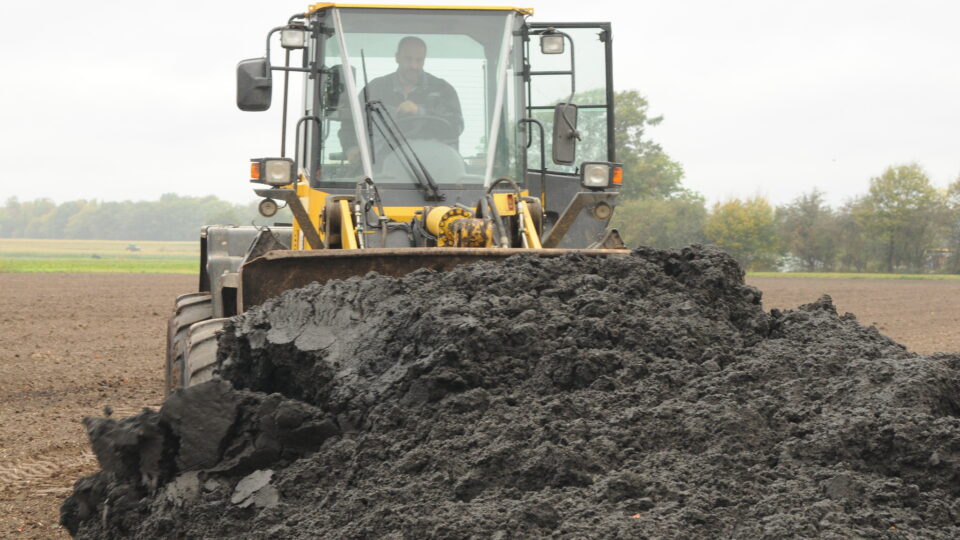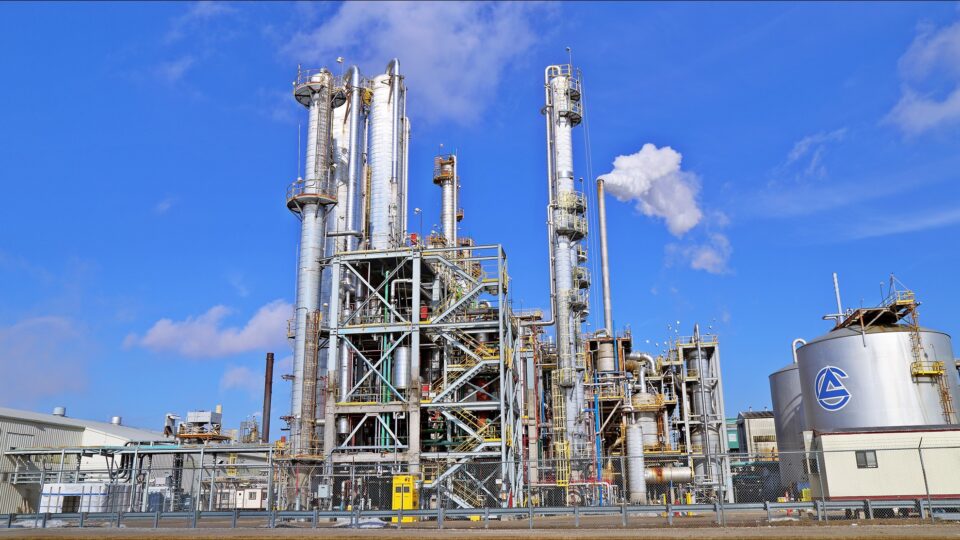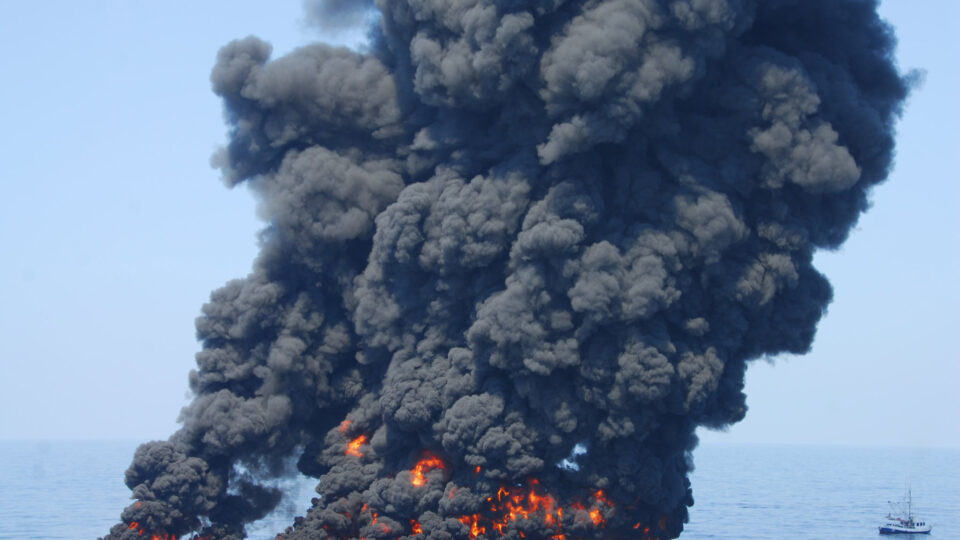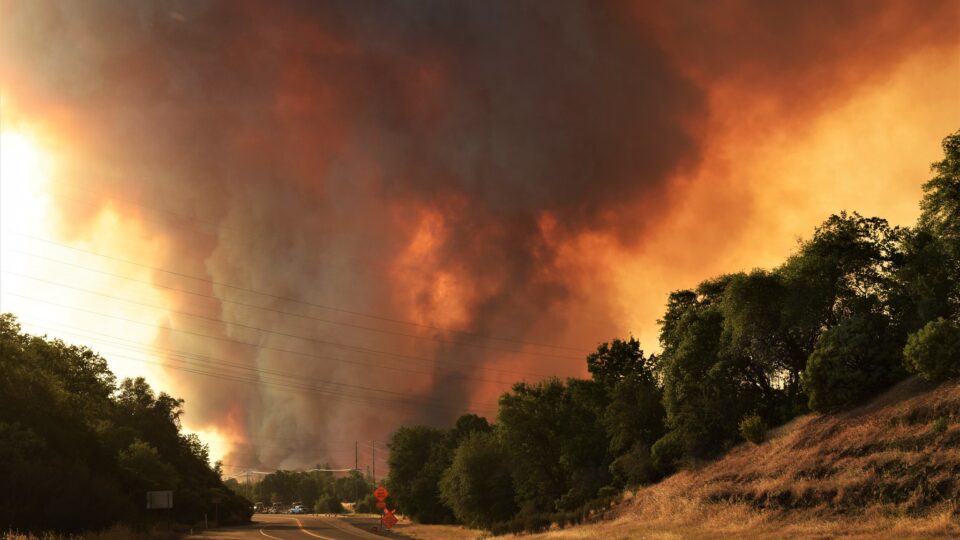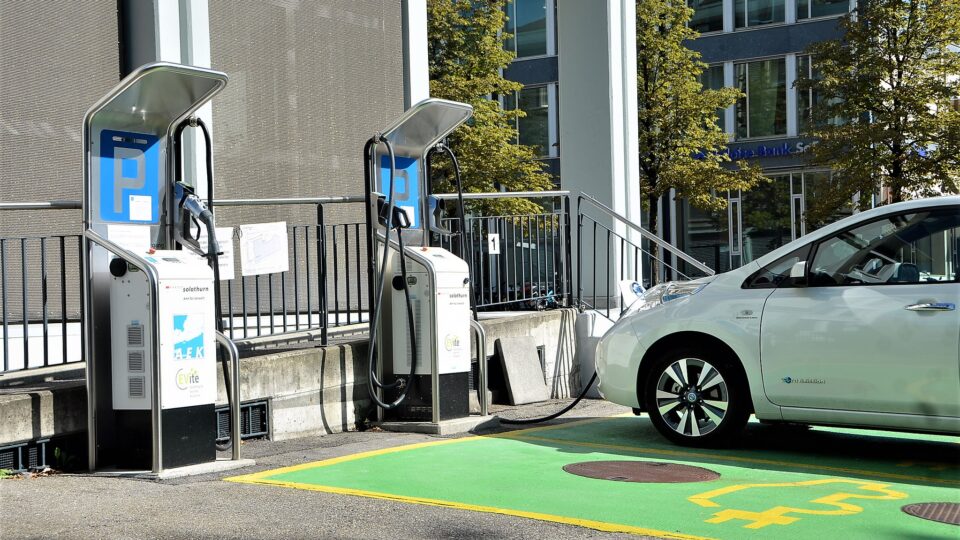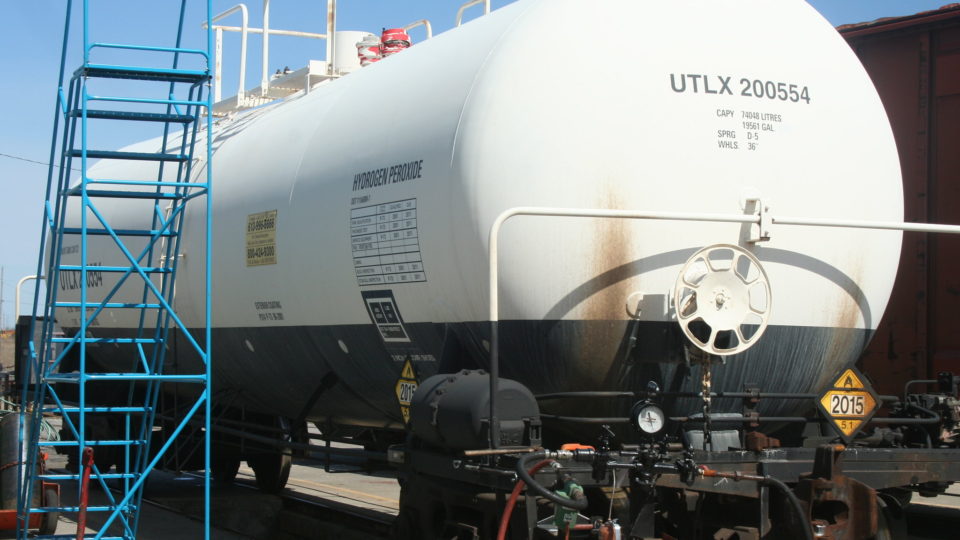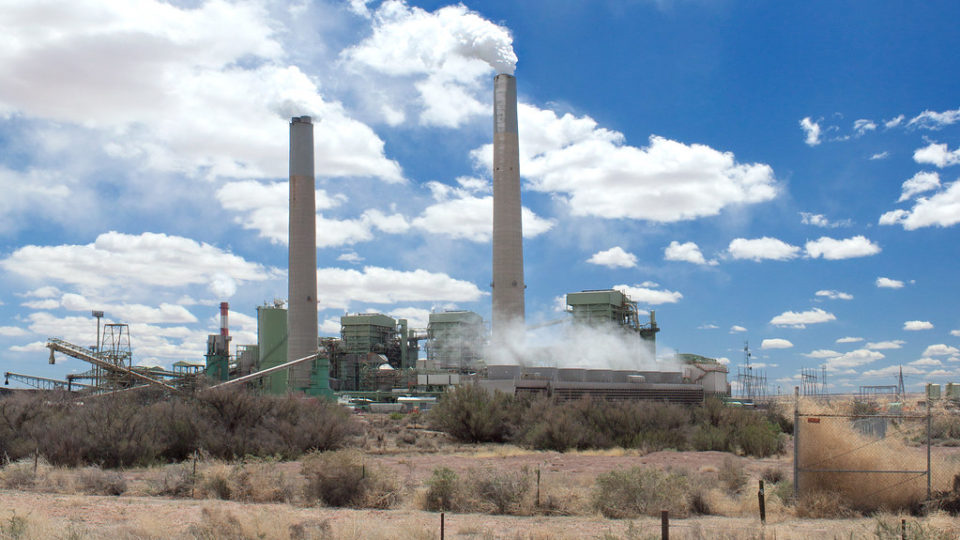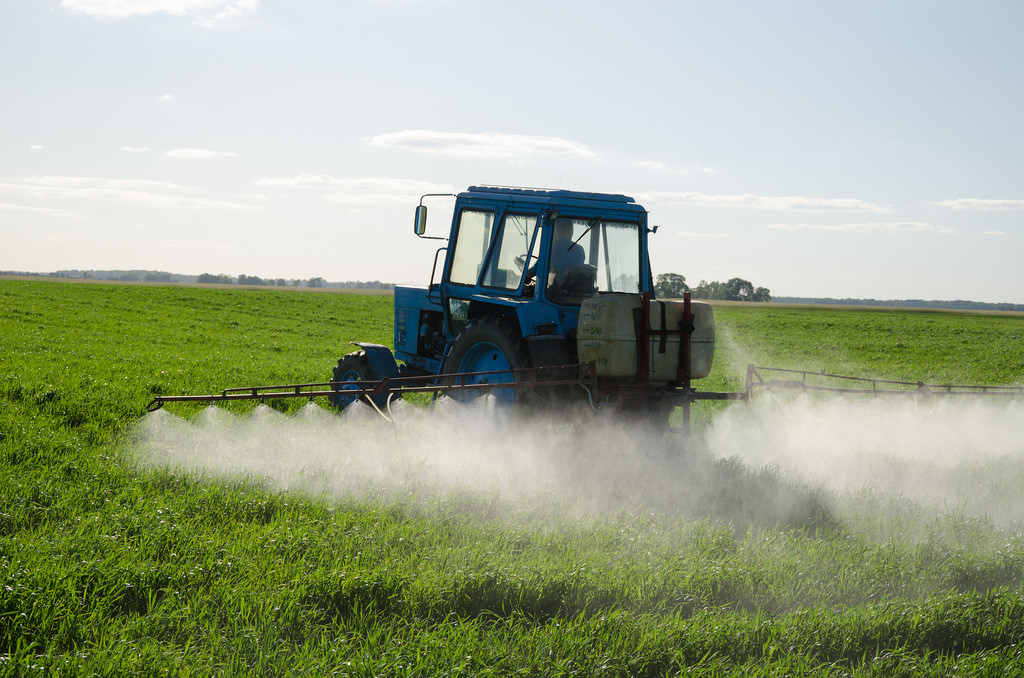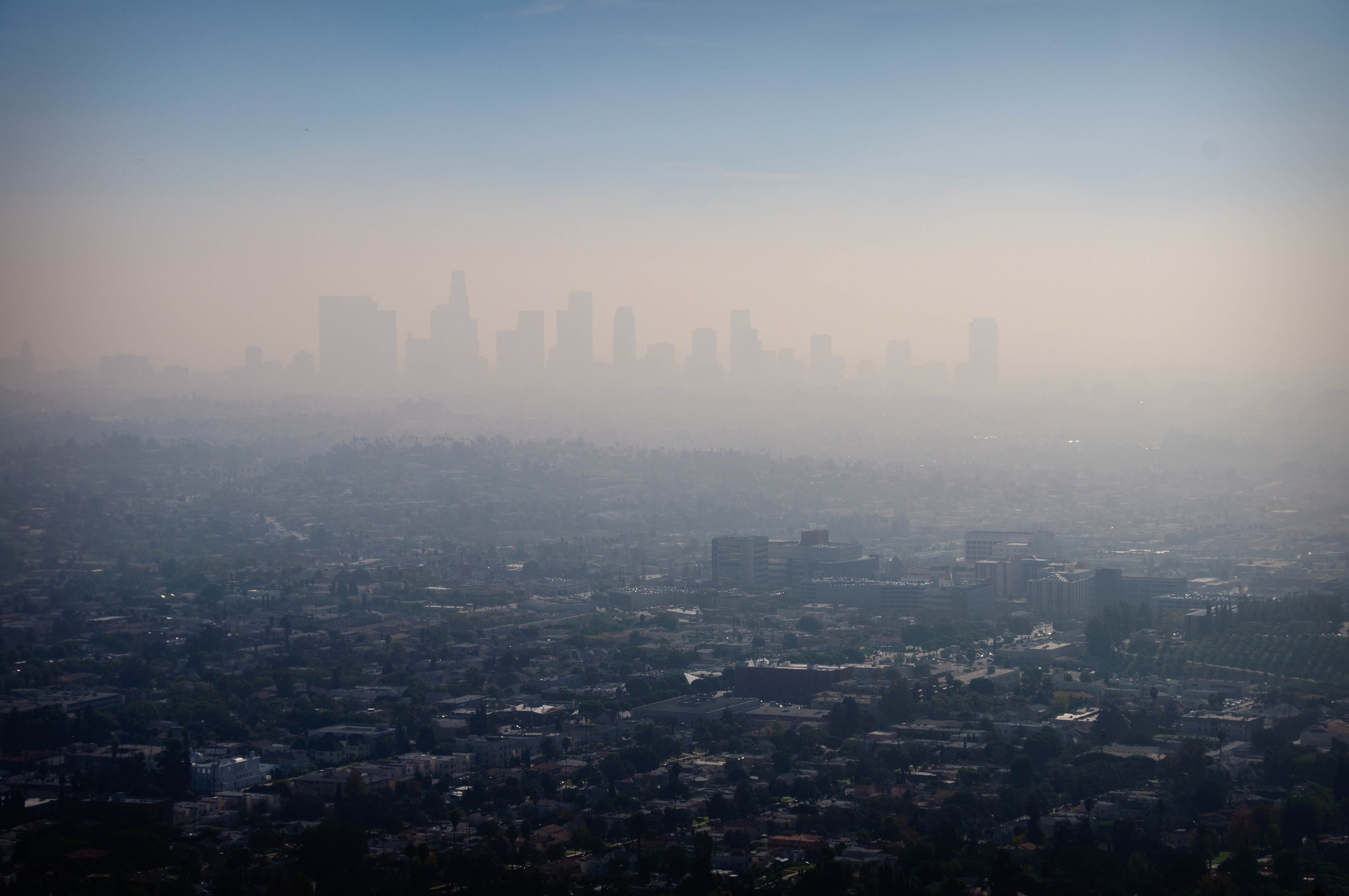Weeds are the bane of every gardener’s existence. They pop up, uncontrolled and unwelcome, and must be tediously managed time and time again. But in some cases, weeds are more than just a nuisance. Some are a public health hazard.
Meet giant hogweed. Native to Europe’s Caucasus Mountains, giant hogweed belongs to the carrot family. The plant resembles Queen Anne’s Lace – on steroids. Giant hogweed can grow up to 15 feet tall with three inch stems, five-foot-wide leaves, and an umbrella-like canopy of white flowers.
Botanists brought giant hogweed to England as an ornamental plant in the 1890s. It made its way to the U.S. via horticultural channels. In fact, one of the first specimens was planted in a Victorian garden near Rochester, NY.
As with most invasive plants, it quietly escaped cultivation. In the U.S., giant hogweed can be found in New England, the Mid-Atlantic Region, and the Northwest, with plants preferring moist habitat near roadside ditches and stream banks.
While a seemingly innocent flowering plant, giant hogweed is actually one of the most hazardous plants in the U.S. Brushing against or breaking the plant releases sap that, when combined with sunlight and moisture, can cause severe burn-like lesions, blistering sores, and purplish or blackened scars. Getting sap in your eyes can result in temporary or even permanent blindness.
With each plant dropping up to 120,000 seeds, it’s no surprise that giant hogweed is proving difficult to eradicate.
If you suspect giant hogweed is growing near you, photograph the plant from a safe distance and report the sighting to local environmental authorities.
**********
Web Links
Plant Pest Risk Assessment for Giant Hogweed
Photo, posted March 22, 2021, courtesy of Scottish Invasive Species Initiative via Flickr.
Earth Wise is a production of WAMC Northeast Public Radio

